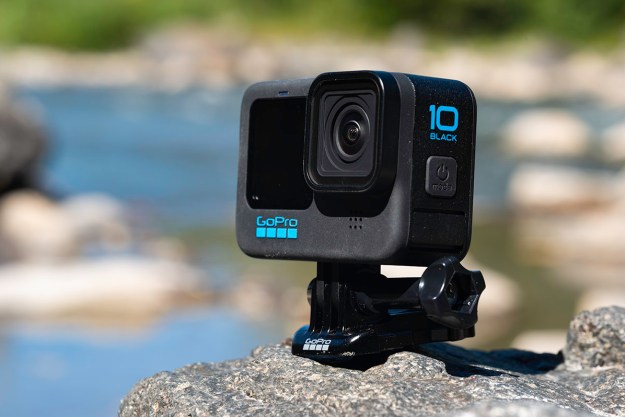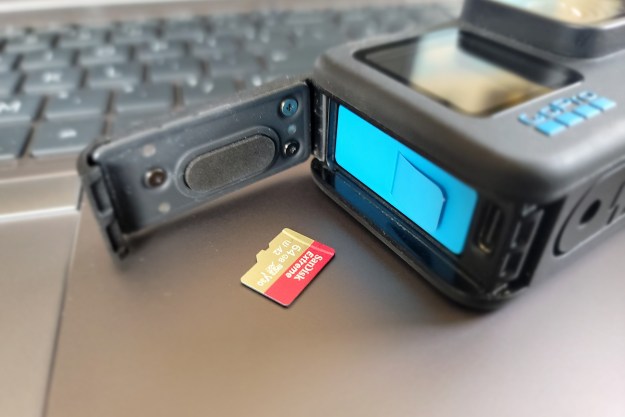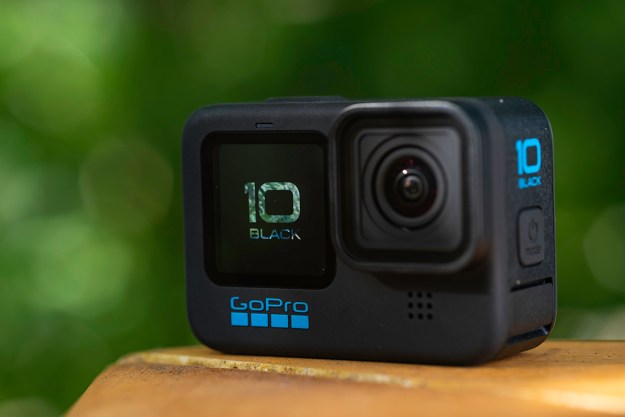The Grip disappeared from view last month along with the Karma drone when the flying machine was recalled due to a fault that caused some units to suddenly drop out of the sky.
On Sunday, however, the Grip returned, and for the first time is selling independently of the company’s troubled drone (no, there’s no word yet on when that’s coming back).
It’s true that it’d always intended to offer the $300 Grip separately, but it’s clearly taken a while for GoPro to make good on its promise.
Compatible with the new Her05 camera, and also the Hero4 if you’re prepared to fork out an extra $30 for the necessary harness, the Grip offers shake-free action footage for skiers, hikers and bikers, as well as anyone else who cares to use it.
The device also lets you power the camera on and off, start and stop recording, and tag key moments using four buttons on the handle. It offers on-the-fly angle adjustment, too, and a lock-and-release feature for camera tilt to help you grab the precise footage you’re after.
With the exception of the Hero5 camera, which incorporates electronic image stabilization, GoPro’s action cams don’t offer any kind of built-in solution for obtaining smooth footage. Many current GoPro users keen for Steadicam-like shots will probably have already bought a third-party gimbal device, with the Karma Grip now all set to compete with these.
Wannabe filmmakers looking to launch themselves headfirst into the medium might also want to consider DJI’s similar handheld offering, the Osmo, featuring a 4K Zenmuse X3 camera with 3-axis gimbal stabilization aimed at eliminating any shakiness in your shots. DJI also offers the Osmo+ with optical zoom functionality, and the Osmo Mobile that works as a smartphone stabilizer.
Editors' Recommendations
- The 15 best GoPro accessories in 2024
- I tried to replace my GoPro with this new phone and its clever camera
- GoPro Hero 10 Black vs DJI Action 2 vs. Insta360 One RS: Clash of the action cameras
- ReelSteady makes GoPro Player ‘reel’ useful for filmmakers
- GoPro keeps recording as parrot steals it from tourists and flies off


